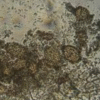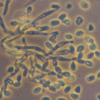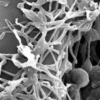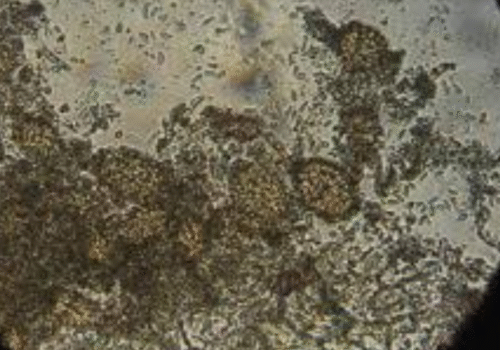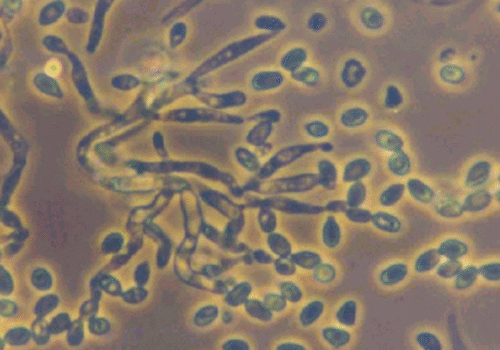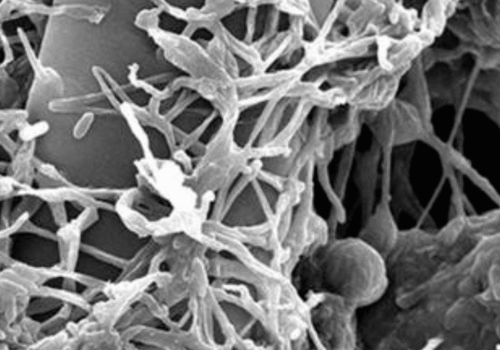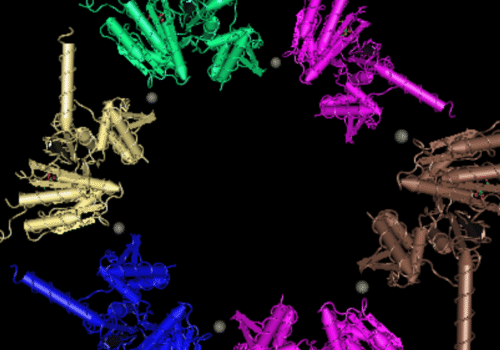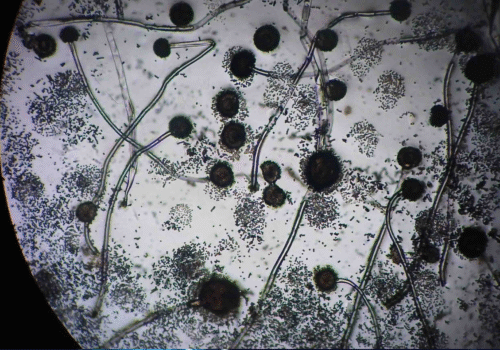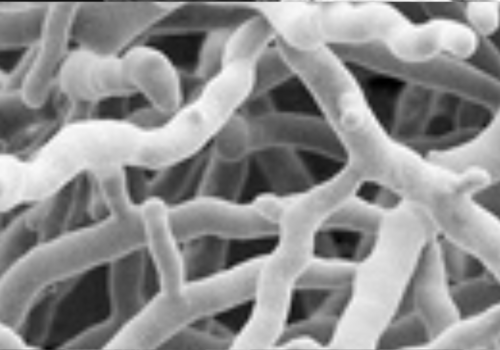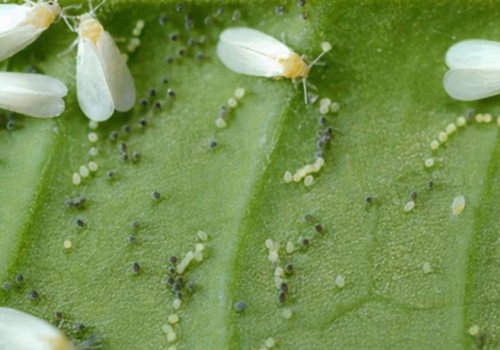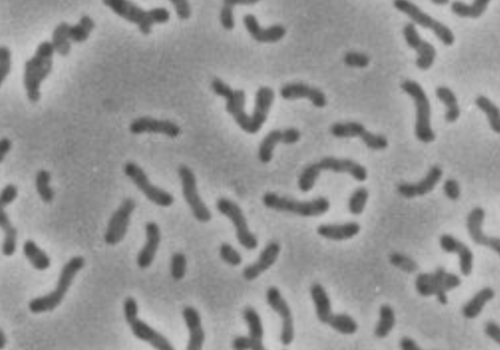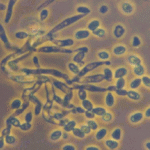Abstract Bacillus thuringiensis (Bt) has emerged as a cornerstone of sustainable pest management, celebrated as a “green” microbial insecticide in agriculture. This review provides a...
Overview of the Microbe Ampelomyces quisqualis is a filamentous fungus known as a mycoparasite, meaning it parasitizes other fungi. It was first described in the...
Overview of the Microbe Metarhizium anisopliae is a globally distributed, filamentous, asexual, soil-dwelling fungus classified under the family Clavicipitaceae, order Hypocreales [1]. First described by...
Overview of the Microbe Lecanicillium longisporum, formerly classified under Verticillium lecanii, is a globally distributed, filamentous entomopathogenic fungus in the order Hypocreales and family Cordycipitaceae...
Overview of the Microbe Herbaspirillum seropedicae is a nitrogen-fixing, β-proteobacterial endophyte belonging to the family Oxalobacteraceae. Initially described as Pseudomonas rubrisubalbicans by Leifson in 1962...
Overview of the Microbe Gluconacetobacter diazotrophicus (formerly Acetobacter diazotrophicus) is a Gram-negative, strictly aerobic, non-spore-forming, rod-shaped bacterium belonging to the family Acetobacteraceae within Alphaproteobacteria. It...
Overview of the Microbe Streptomyces lydicus De Boer et al. 1956 is a Gram‑positive, filamentous bacterium in the order Actinomycetales, isolated originally from soil in...
Overview of the Microbe Taxonomy and Morphology Bacillus mucilaginosus (synonymously known as Paenibacillus mucilaginosus in some classifications) is a rod‐shaped, facultatively anaerobic bacterium belonging to the...
Overview of the Microbe Verticillium lecanii (Zimmermann) Viegas is an entomopathogenic fungus historically known for causing “white muscardine” disease in insects. It is now classified...
Overview of the Microbe Xanthobacter autotrophicus is a Gram-negative, rod-shaped, aerobic bacterium in the family Xanthobacteraceae[1]. It was first isolated in the 1970s (originally named...

